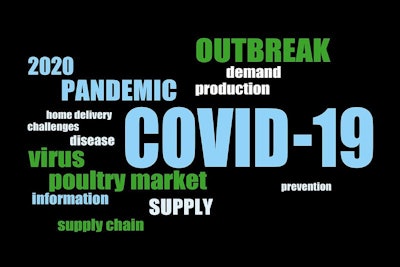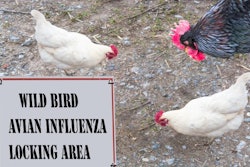
Cornell University researchers are using computer modeling to help develop better management strategies to keep food plant workers safe from the COVID-19 pandemic.
“COVID-19 has obviously had a huge impact on the whole world. Transmission and infections happen in both communities and work environments. From that point of view, the work environment in food production is no exception,” explained project principal investigator Renata Ivanek, associate professor in the College of Veterinary Medicine's Department of Population Medicine and Diagnostic Sciences.
Earlier this year, numerous meat and poultry processing facilities were forced to slow or even stop operations to prevent the spread of the COVID-19 pandemic after outbreaks in workers occurred.
Model could predict virus spread
The researchers plan to develop a computer model specific to COVID-19 that will help them find a solution that keeps workers safe, while maintaining production.
“COVID-19 spread among people is not something that we can study experimentally,” Ivanek said.
“Modeling is an approach that is used quite a bit to study infectious diseases. What we are going to do is take everything that we know and are learning about the infection, how it spreads and how it affects people and put it into a computer model that will hopefully predict how many cases we will have and also how the virus will affect labor availability. And we will test this for different food sectors and under various control scenarios.”
Several industry partners, including Tyson Foods, will provide real-time feedback on the model.
“The goal is to develop a set of management strategies for how to manage COVID-19 in a food production environment. Obviously, the problem that we are facing right now is COVID-19, but the model will be applicable to any future large-scale food chain disruption,” said Ivanek.
“Hopefully there is no next time, but if it occurs, we will be more ready because food production is a critical aspect of our society.”
The project is funded by a two-year $1 million rapid response grant from the U.S. Department of Agriculture’s (USDA) National Institute of Food and Agriculture (NIFA).
View our continuing coverage of the coronavirus/COVID-19 pandemic.
Like what you just read? Sign up now for free to receive the Poultry Future Newsletter.


















